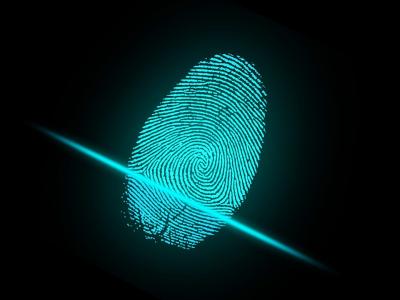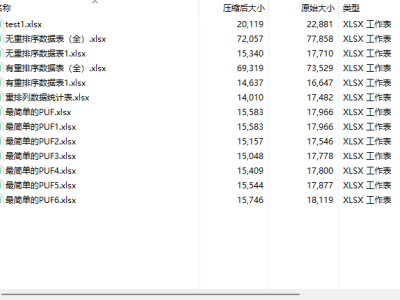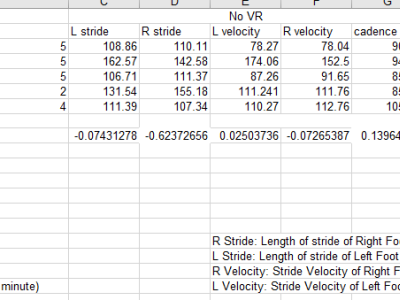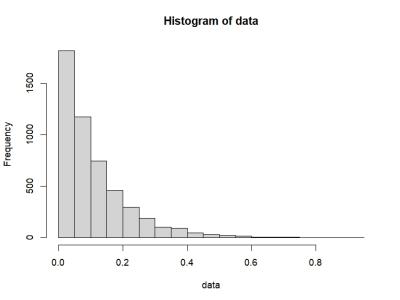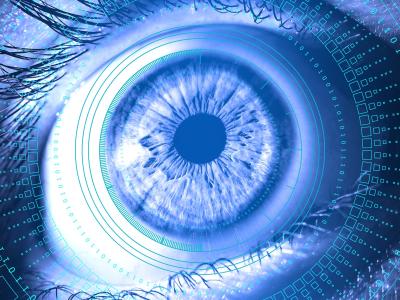
CIFAR-10 and CIFAR-100 datasets comprise images of 10 and 100 categories, respectively, with a fixed size of 32x32 pixels in color.
Tiny-ImageNet dataset consists of 200 categories with approximately 120,000 samples, where each class contains 500 training images, 50 validation images, and 50 test images, with each image sized at 64 x 64.
AG News dataset consists of article titles and descriptions, comprising 4 categories with 127,600 samples.
- Categories:
